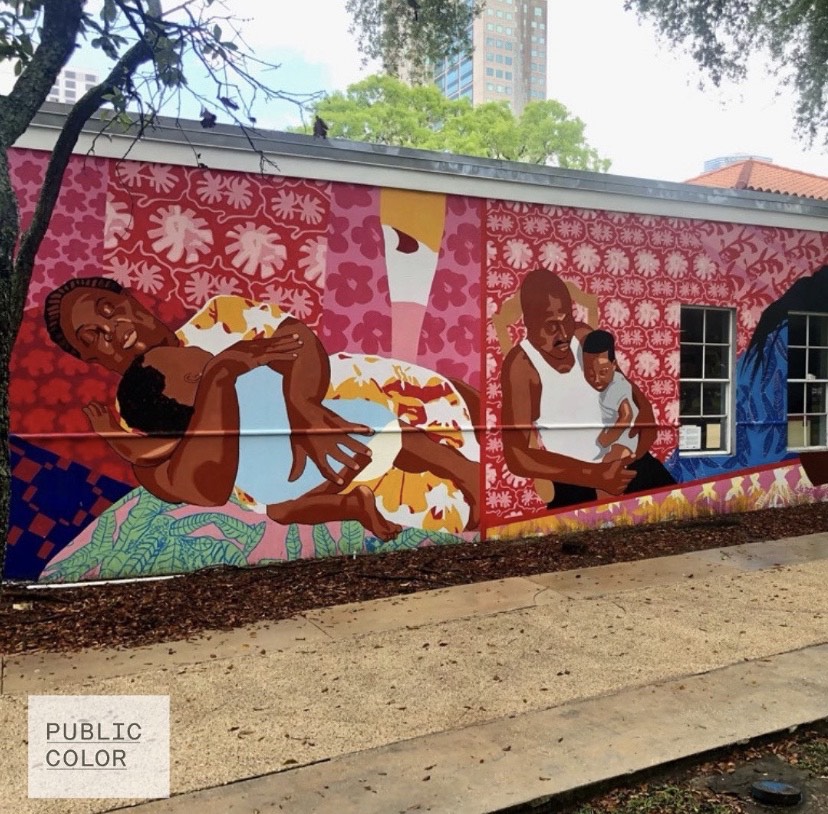
She’s mindful that the Colorado deserves respect and protection. In the projected video the artist’s voice reflects on this journey, aware that drought and dams have sapped the river’s power. We’re seeing Native American ruins that are being revealed.”ĭuring lockdown, Wischer created her multi-media installation for this exhibit, selecting 27 minutes of video from over 50 hours of video she shot from the raft. Some of what’s happening is that the banks are falling into sediment, the rapids are coming back that had been hidden. Having previously rafted on the Colorado, she explained, “With the drought, everything is receding. She’s a member of the Global Change and Sustainability Center at the University of Utah. “It was a bucket-list opportunity,” remembered Wischer, who teaches video and conceptual practices at University of Utah, specializing in environmental visual art. That January, Wischer learned there was suddenly room for her on a private rafting trip down the Colorado River in the Grand Canyon. It’s based on her 9-day raft trip down the Colorado River in March 2020, days before lockdown.

Where Water and Rock Collide manages to evoke natural beauty in the context of dire threats to lands both west and east of the Mississippi, allowing Wischer’s multi-media installation to launch an urgent wake-up call. In her curator’s statement, she writes, “By fusing themselves into the natural world, these artists give us a chance to feel this “Natural Transcendence” not just as the sublime or as a sense of awe, but hopefully as a wake-up call.” Mitrani believes the pandemic-induced social isolation has brought artists in more spiritual contact with the natural world. Each addresses in varying degrees a besieged environment. It encompasses seven works they incorporate photography or video or both. Near-surface, stratiform caves in the Miami oolite occur in sites where the largest and deepest dolines are present, and sit at, or near, the top of the present water table.Curated by filmmaker and video artist Rhonda Mitrani, Natural Transcendence opened on June 16 at Oolite Arts.

The separation and density results from the Miami oolite are compared to results from other carbonate terrains. The areal extent and depth of dissolution of the dolines are well described by simple mathematical functions, and the depth of the dolines increases as a function of their size. Doline distribution on the barrier bar is clustered because of the control exerted on dissolution by the depositional topography of the shoal system, whereas patterning of dolines in the more platform-ward lower-relief shoals is statistically indistinguishable from random. Statistical pattern analysis shows that the average separation distance and average density of dolines on the strike-oriented barrier bar versus dip-oriented shoals is statistically inseparable. The verified dolines are analyzed for their size and depth, their lateral distribution and relation to depositional topography, and the separation distance between them. 120 kyr from the end of the last interglacial highstand MIS 5e until today, has resulted in diagenetic alteration including surface and shallow subsurface dissolution producing extensive dolines and a few small stratiform caves.Īnalysis of the LiDAR DTM suggests that >50% of the dolines in the Miami oolite have been obscured/lost to urbanization, though a large number of depressions remain apparent and can be examined for trends and spatial patterns. Subaerial exposure of the Miami oolite barrier bar and shoals to a meteoric diagenetic environment, lasting ca. A robust airborne light detection and ranging digital terrain model (LiDAR DTM) and select outcrops are used to examine the extent and characteristics of the surficial karst overprint of the late Pleistocene Miami oolite in South Florida.


 0 kommentar(er)
0 kommentar(er)
